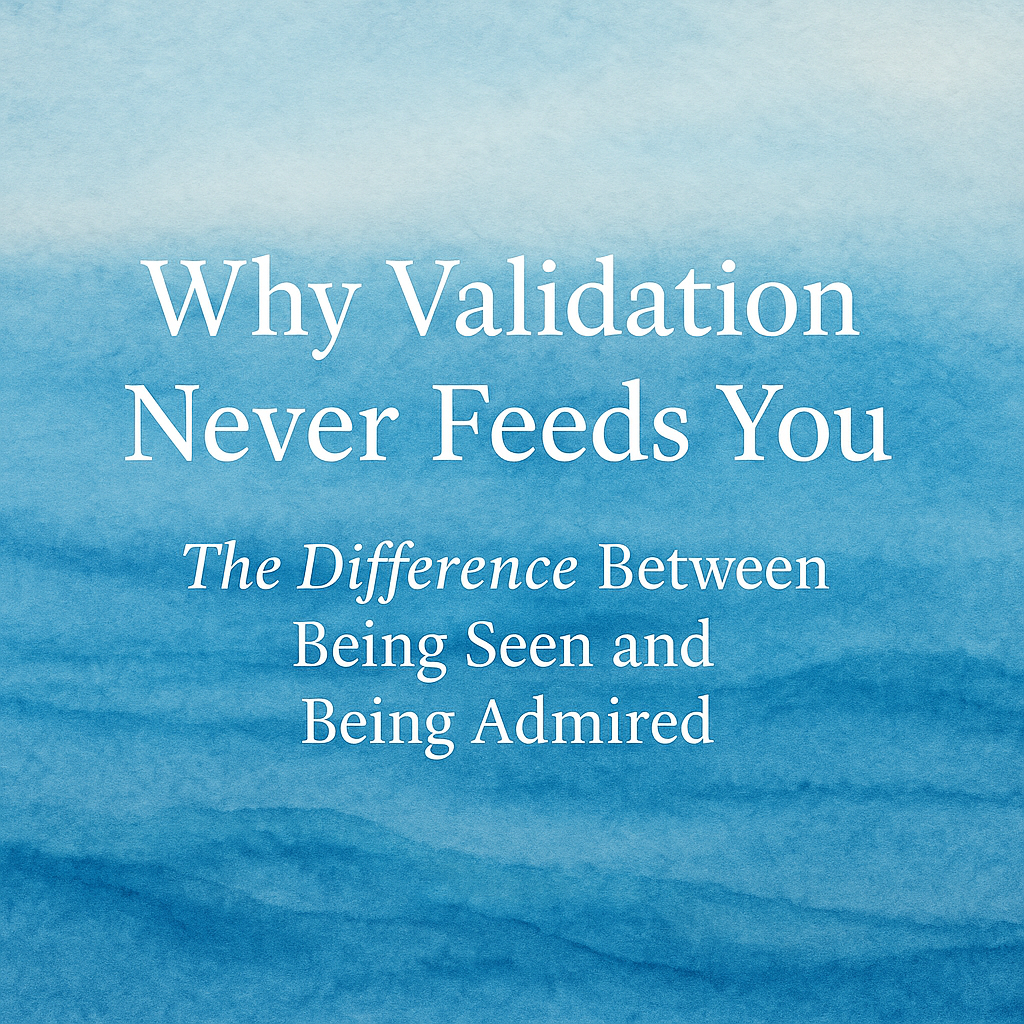At Keil Psych Group we approach our patients through a psychodynamic framework. It is a cornerstone of our work and the most effective approach to helping people navigate deep, meaningful work in psychotherapy. One of the prominent minds of psychodynamic theoryPsychodynamic Theory is a framework that emphasizes the influence of unconscious processes, early ch… is Nancy McWilliams, a renowned psychoanalyst, writer, and educator whose work has deeply influenced modern psychodynamic therapy. In her book, Psychoanalytic Diagnosis, she explains how our emotional lives are shaped by unconscious processes, early relationships, and enduring patterns of thought and feeling. Psychodynamic therapy, at its core, is about helping people understand the deeper forces that shape their behavior, relationships, and sense of self. McWilliams’ writing brings this tradition to life with clarity, empathyEmpathy is the ability to understand and share the feelings of another person. In psychodynamic ther…, and clinical insight—making complex ideas accessible to both therapists and those they serve.
A Note on Defense Mechanisms: The Mind’s Creative Protectors
In this post, we’ll explore two key elements of her work: defense mechanisms—the unconscious tools we use to manage distress—and the personality styles that develop from them. Together, these insights offer a compassionate and sophisticated way of understanding human experience
One of the most powerful contributions of psychoanalytic thinking is the idea of defense mechanismsDefense Mechanisms are unconscious psychological strategies used by individuals to protect themselve…. These are unconscious psychological strategies that protect us from anxiety, shame, or overwhelming emotion. They’re not signs of weakness; they’re signs that the psyche is trying to survive and adapt.
Each personality style tends to favor certain defenses, and the type of defense a person relies on can reveal a lot about their inner world and developmental history. McWilliams distinguishes between mature, neurotic, and primitive defenses, not as rigid categories, but as part of a developmental continuum.
Mature Defenses
– Sublimation: Channeling unacceptable impulses into socially acceptable outlets (e.g., using anger to fuel activism).
– Humor: Finding the absurdity in pain as a way to tolerate it.
– Suppression: Consciously choosing to set aside distressing thoughts without denying them.
Neurotic Defenses
– RepressionRepression is a defense mechanism where individuals unconsciously push distressing thoughts and memo…: Keeping distressing thoughts or feelings out of conscious awareness.
– Displacement: Redirecting feelings from a threatening object to a safer one (e.g., yelling at your partner after a bad day at work).
– Reaction Formation: Adopting attitudes opposite to one’s true feelings (e.g., being excessively nice to someone you unconsciously resent).
– Intellectualization: Focusing on logic and reason to avoid emotional discomfort.
Primitive (or Early) Defenses
– Denial: Refusing to accept aspects of reality that are too painful.
– ProjectionProjection is a defense mechanism where individuals attribute their own unwanted thoughts, feelings,…: Attributing one’s own unacceptable feelings to someone else.
– Splitting: Seeing people or situations as all-good or all-bad, with no middle ground.
– Projective IdentificationIdentification is a psychological process where individuals adopt the characteristics, values, or be…: Inducing others to feel or act out the disowned parts of oneself.
– DissociationDissociation is a psychological response that may manifest as a disconnection from thoughts, feeling…: Disconnecting from parts of experience—thoughts, feelings, or memories—to avoid psychological pain.
Why This Matters in Therapy
Understanding a client’s preferred defenses helps therapists approach them with appropriate pacing, empathy, and technique. If a client intellectualizes their emotions, we don’t try to “break through” it harshly—we honor that this is how they’ve learned to feel safe. If someone uses denial, we build trust so they might eventually tolerate a more integrated view of their reality.
McWilliams reminds us: defenses are not problems to be eradicated. They are creative solutions developed by the psyche in response to pain, fear, or conflict. In therapy, we help people examine whether those old solutions still serve them—and gently offer alternatives when they don’t.
Understanding Personality Styles: Insights from Nancy McWilliams’ Psychoanalytic Diagnosis
In the world of psychotherapy, one of the most illuminating frameworks for understanding human personality comes from Nancy McWilliams’ seminal work, Psychoanalytic Diagnosis. Rather than reducing individuals to symptoms or checklists, McWilliams invites us to explore the rich, nuanced terrain of personality structure—how people think, feel, relate, and cope.
Her book offers a map of personality styles rooted in psychoanalytic theory, but updated with clinical wisdom and deep compassion. These personality types aren’t static labels—they are dynamic constellations of traits, defenses, and inner experiences shaped by early relationships and unconscious processes.
Neurotic, Borderline, and Psychotic Levels of Organization
– Neurotic: Individuals with a stable sense of identity, intact reality testingReality testing is a CBT technique used to evaluate the accuracy of negative or distorted thoughts. …, and mature defenses like repression.
– Borderline: Not necessarily the DSM diagnosis, but a structural level where identity is less stable, defenses are more primitive, and affect regulationAffect Regulation refers to the ability to manage and respond to emotional experiences effectively. … is more challenging.
– Psychotic: Involves profound disturbances in reality testing and sense of self. Even here, McWilliams reminds us to approach clients with empathy and respect for their resilienceResilience is the ability to adapt and recover from adversity and trauma. Building resilience is ess….
Major Personality Styles
McWilliams outlines several personality styles, each with its own developmental history, core affectAffect refers to the experience of feeling or emotion that can be expressed through facial expressio…, defenses, and therapeutic needs:
Psychopathic (Antisocial)
Power, control, and manipulation. Often shaped by early experiences of betrayal or neglect. Defenses: Denial, acting out.
Narcissistic
VulnerabilityVulnerability refers to the willingness to expose one’s feelings, thoughts, and experiences in a g… masked by grandiosity. Deep need for admiration and fear of shame. Defenses: Idealization, devaluation, projection.
Schizoid
Intense need for privacy, fear of intrusion. Rich inner world, but difficulty with emotional intimacy. Defenses: Withdrawal, intellectualization.
Paranoid
Suspicion, hypersensitivity to threat or betrayal. Defenses: Projection.
Depressive and Manic
Depressive: Deep sense of unworthiness, guilt, and concern for others. Manic: Denial of dependency and vulnerability. Defenses: Introjection (depressive), denial and omnipotence (manic).
Masochistic (Self-Defeating)
Deriving identity through suffering or self-sacrifice. Defenses: Turning against the self, reaction formation.
Obsessive-Compulsive
Control, order, moral rectitude. Defenses: Isolation of affect, intellectualization, reaction formation.
Hysterical (Histrionic)
Need for attention, fear of abandonmentFear of abandonment involves an overwhelming fear of being left alone or rejected, often leading to …. Defenses: Dissociation, repression.
Dissociative
Often intertwined with traumaTrauma refers to the emotional and psychological response to a deeply distressing or disturbing even…, dissociative structures involve fragmentation of self and memory. Therapeutic stanceTherapeutic Stance refers to the therapist’s overall approach and attitude in the therapeutic relati…: Foster integration, safety, and narrative coherence.
A Humanistic Lens on Diagnosis
What sets McWilliams apart is her commitment to seeing diagnosis not as a tool for categorization, but as a means of deepening empathy. Each personality style represents a unique adaptation to life’s challenges. By understanding these styles, therapists can tailor their interventions and hold space for each client’s suffering, resilience, and potential.





